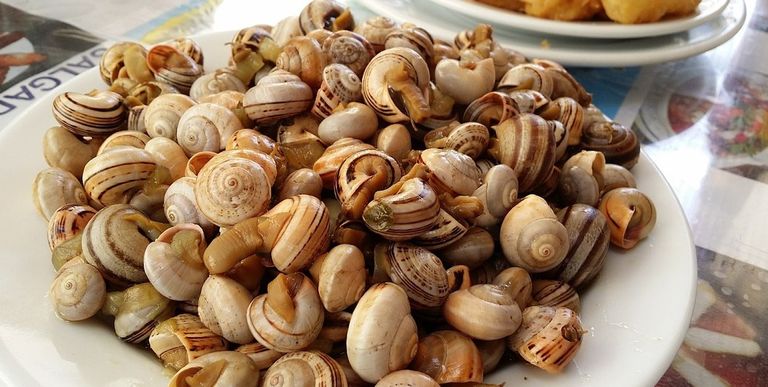While mowing the grass in the garden, I encountered many snails hiding under garden furniture. In the photos you will see ribbon snails, they are popular species of snails, widespread in many countries, including Poland. They are very abundant in my country, so they are not protected. They can be found under the names gajowy ribbon and garden ribbon - they differ in the color of the shell, but are very similar.
Kosząc trawę na ogrodzie spotkałem wiele ślimaków chowających się pod ogrodowymi meblami. Na zdjęciach zobaczycie wstężyki, to popularne gatunki ślimaków, rozpowszechnione w wielu krajach, także w Polsce. Występują w moim kraju bardzo licznie, więc nie są pod ochroną. Można je znaleźć pod nazwą wstężyk gajowy i wstężyk ogrodowy - różnią się ubarwieniem muszelki, ale są bardzo podobne.
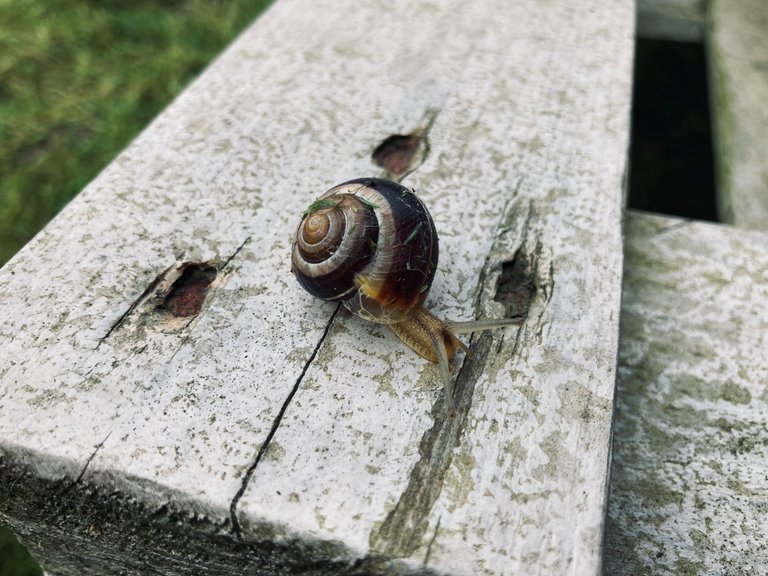 |  | 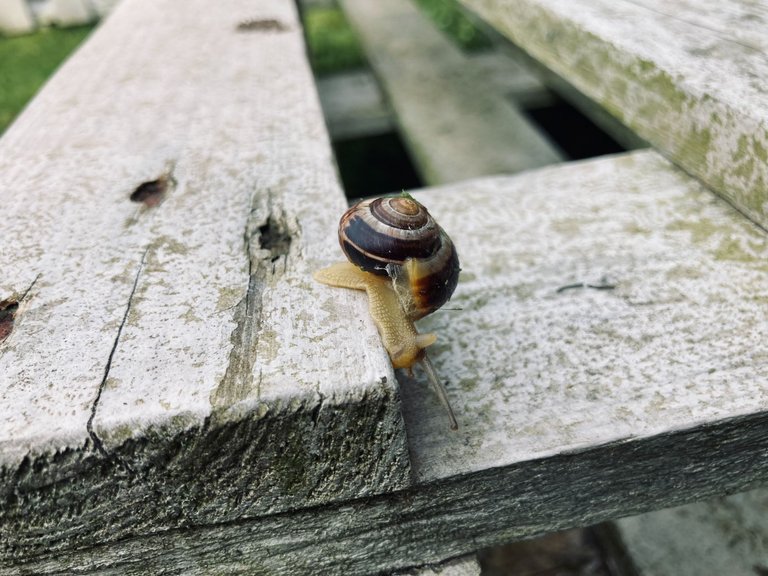 |
|---|
It can often be found under stones, in cracks in the ground, under fallen leaves or branches. They like to look for moist and shady places. They hibernate underground or in burrows where the temperature and humidity are constant, or under fallen leaves, slowing down their metabolism.
Można jest spotkać często pod kamieniami, w szczelinach ziemi, pod opadłymi liśćmi czy gałęziami. Lubią sobie szukać wilgotnych i zacienionych miejsc. Zimują pod ziemną lub w norach, gdzie temperatura i wilgotność są stałe, lub pod opadłymi liśćmi, spowalniając swój metabolizm.
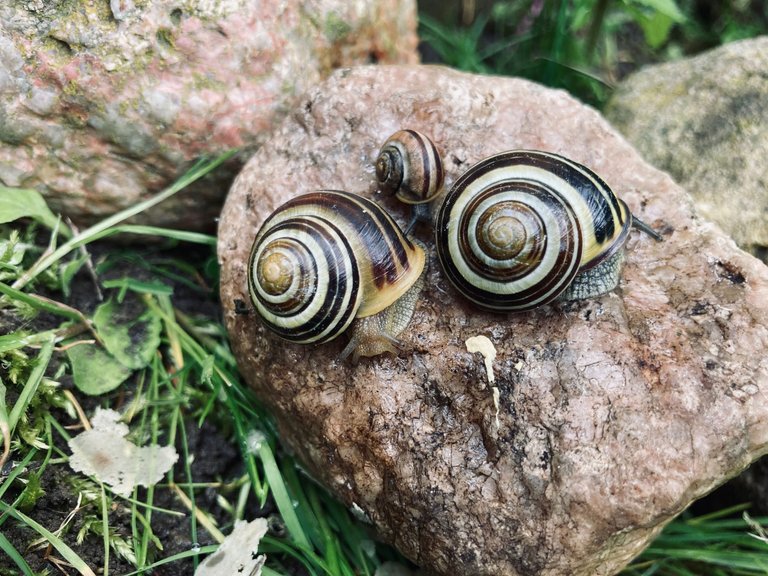 | 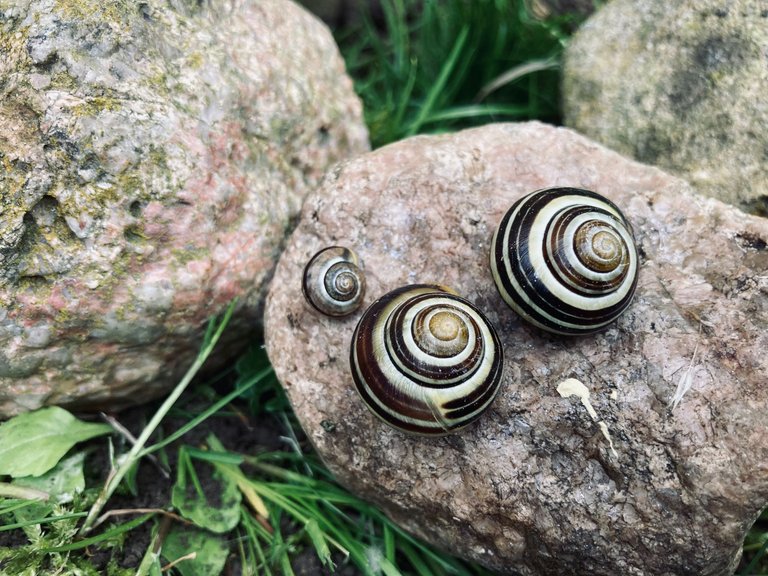 | 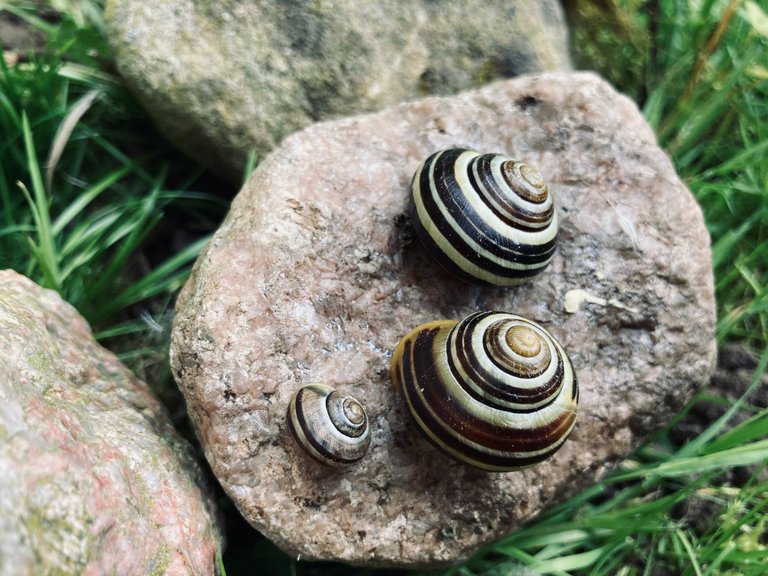 |
|---|
These snails are herbivorous. Their main food is algae and dead plants. In their natural environment, they can feed on various types of vegetation, and in gardens they often eat delicate plants such as leaves, shoots and flowers. They tend to avoid plants and vegetables grown by humans, they are friendly to us. They are not considered garden pests because their activity rarely causes damage to crops. Additionally, their presence may even be beneficial because they contribute to the decomposition of dead organic matter, which can improve the quality of farmland.
Ślimaki te są roślinożerne. Ich głównym pożywieniem są glony oraz obumarłe rośliny. W naturalnym środowisku mogą się żywić różnymi rodzajami roślinności, a w ogrodach często spożywają delikatne rośliny, takie jak liście, pędy czy kwiaty, raczej unikają roślin i warzyw uprawianych przez ludzi, są dla nas przyjazne. Nie są uważane za szkodniki ogrodowe, ponieważ ich działalność rzadko powoduje szkody dla upraw. Ich obecność może być nawet korzystna, gdyż przyczyniają się do rozkładu martwej materii organicznej, co może poprawić jakość ziemi uprawnej.
 | 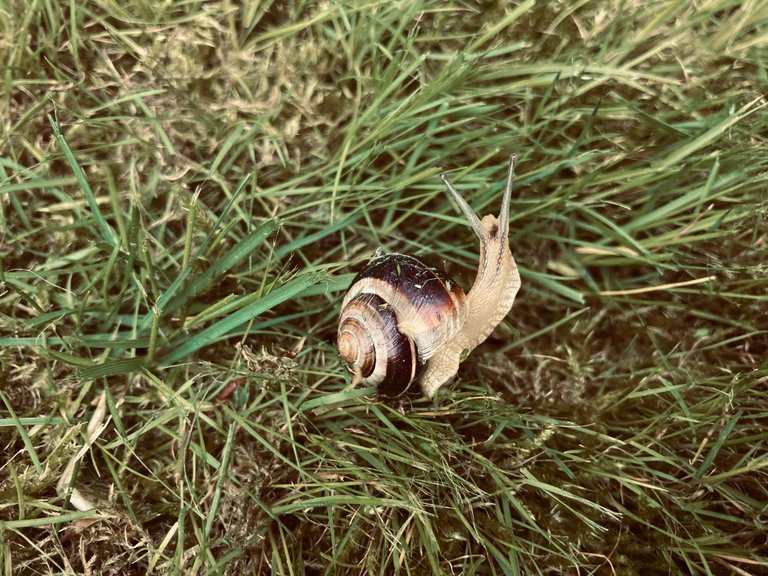 | 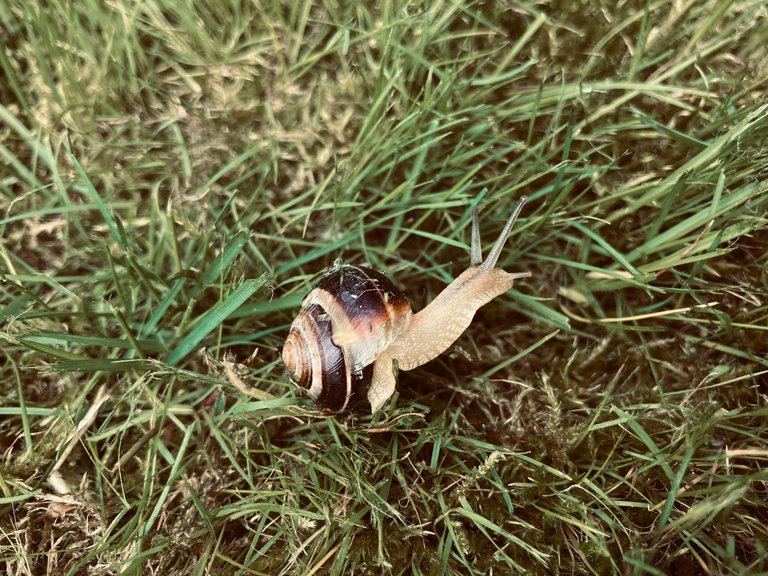 |
|---|
Photo by @szejq 📸 | iPhone | Adobe Lightroom
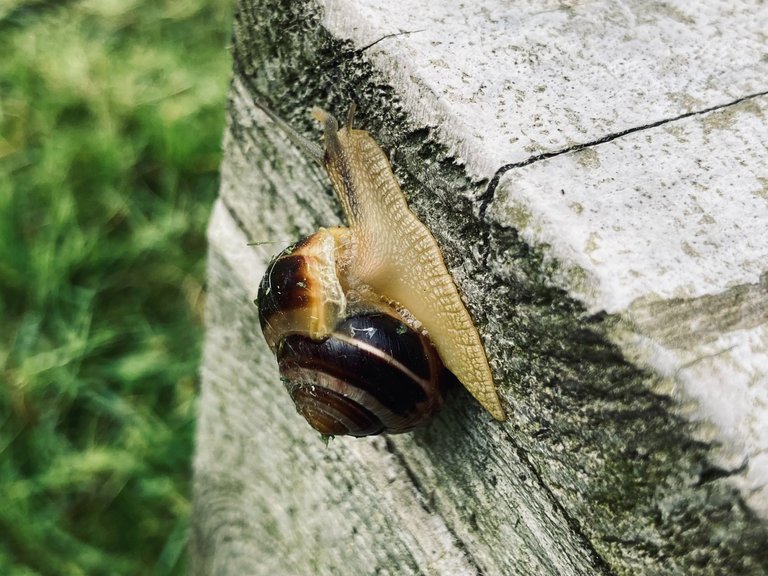
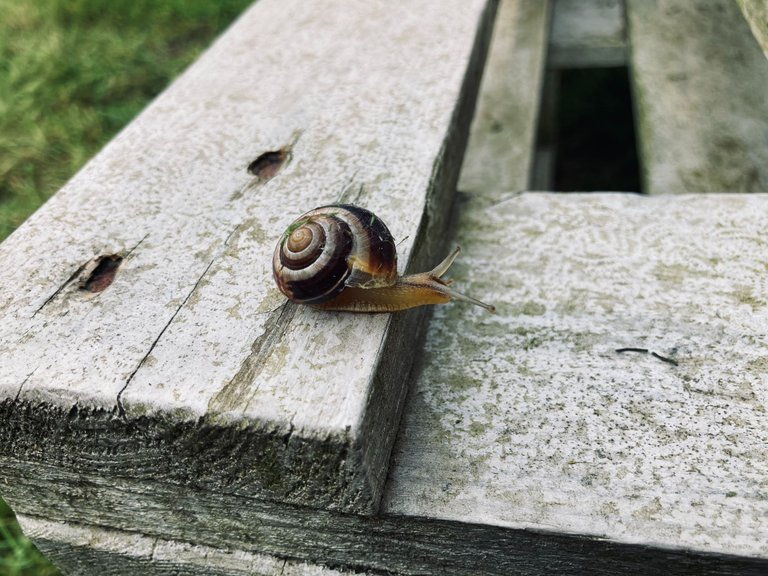
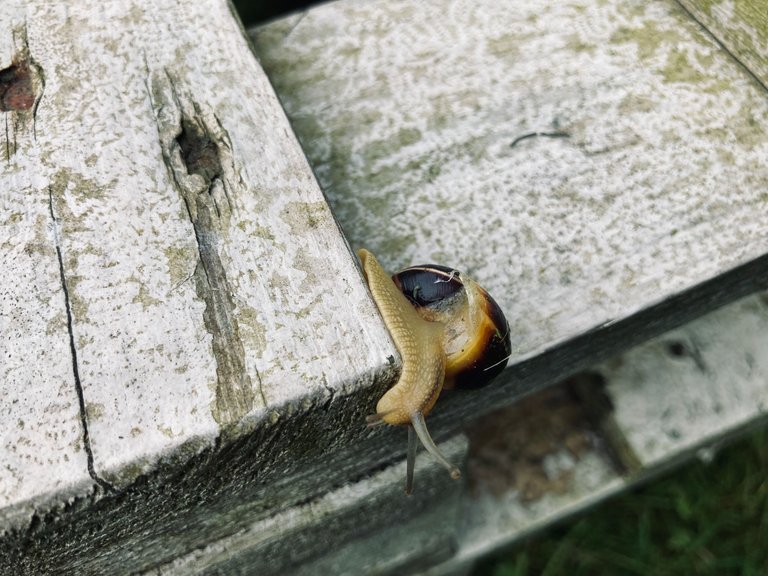
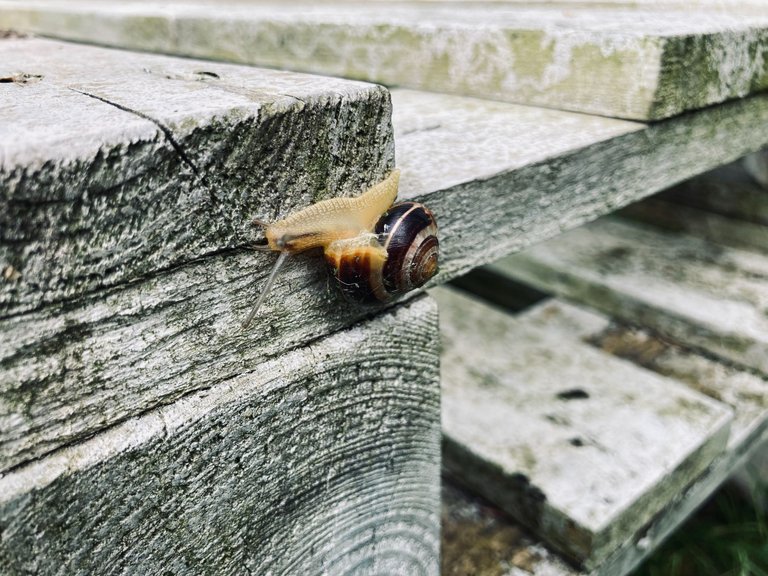
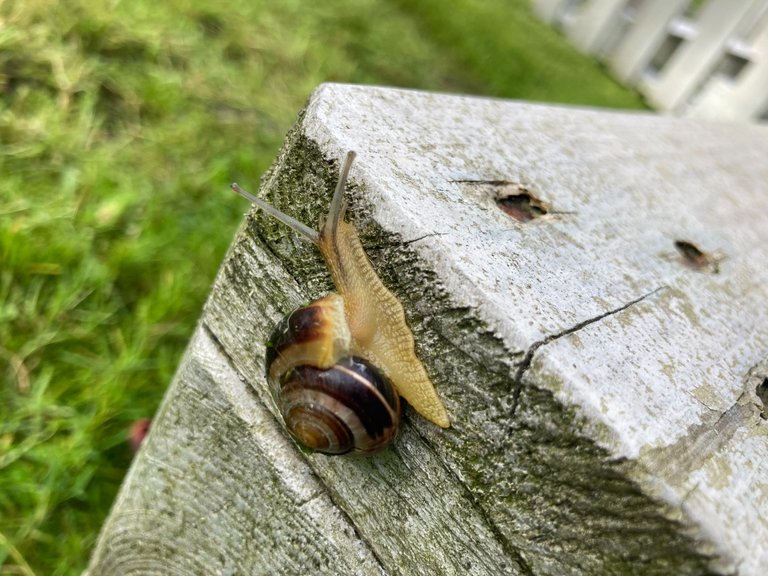
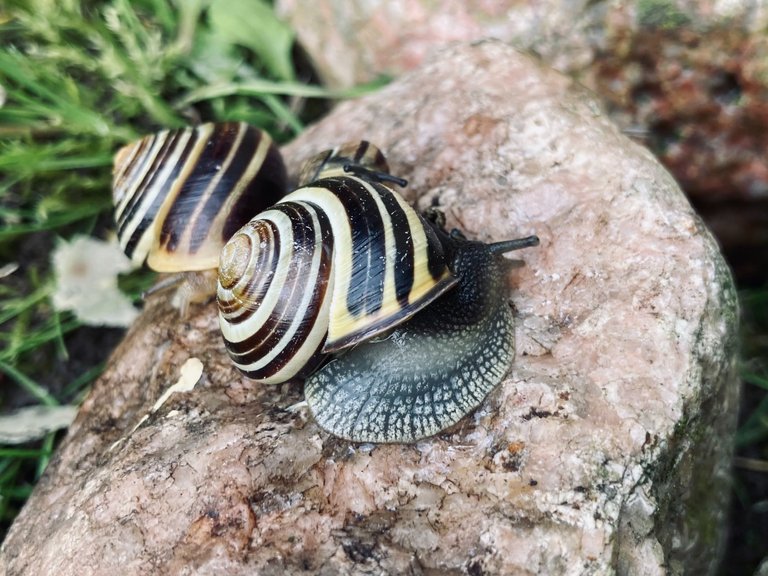


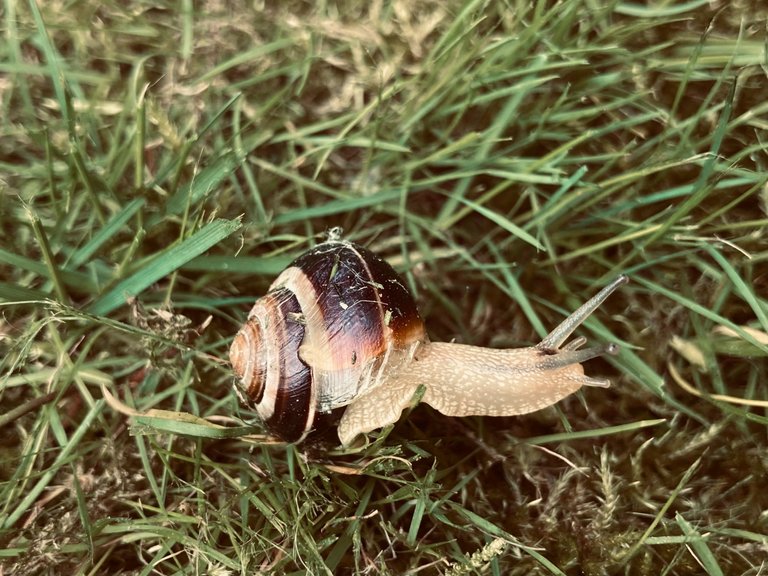
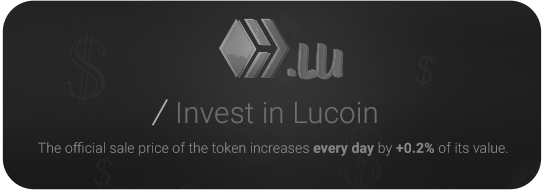
you guys eat those?
Noo 😄
they taste good!
